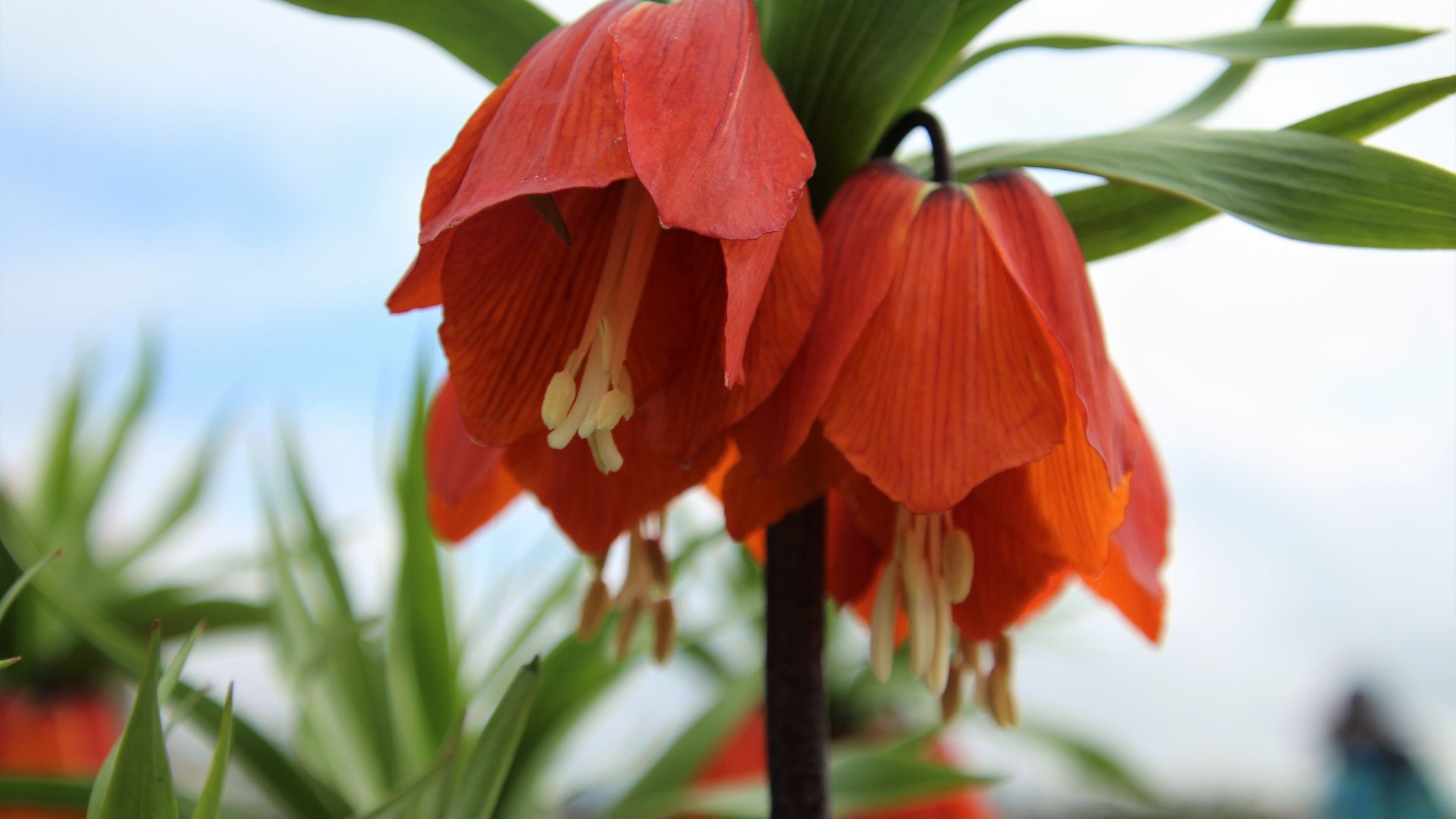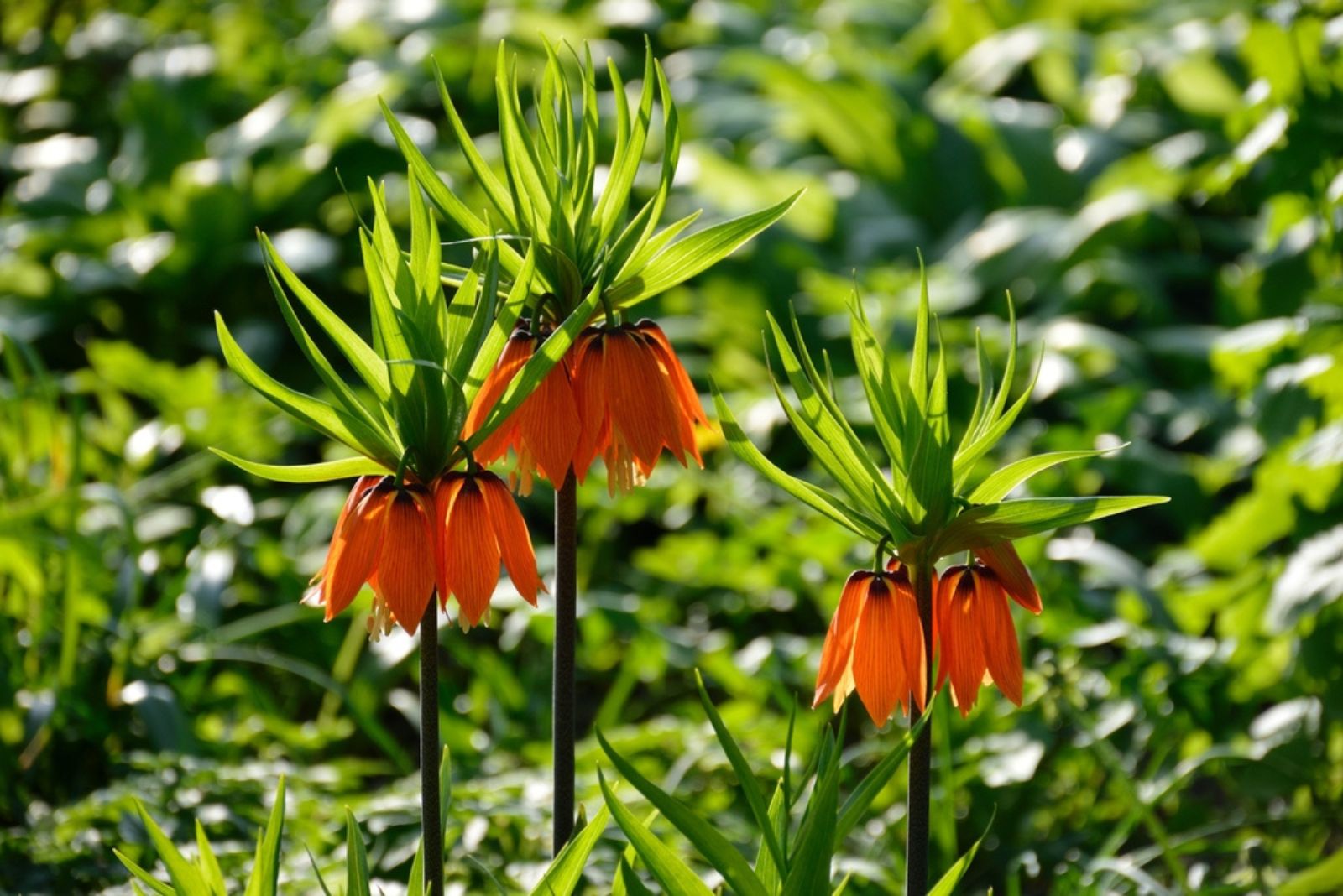We all know how rewarding gardening can be, but it’s important to know that many issues can occur. Pests are the best example because gardens are a perfect food source for them.
Moles are, unfortunately, frequently found in gardens and the main problem is that they can destroy everything in a short period of time.
Many gardeners, probably out of desperation, use pesticides to deter these animals and save their gardens. But there is one more effective and way less dangerous method to use to repel these pests: growing a mole-deterrent plant.
In this article, I’ll show you the stunning perennial that’ll chase away destructive garden moles!
And The Plant Is…
The award for the most effective mole-deterrent plant goes to Fritillaria! This plant belongs to the lily family and growers adore it for its splendid blossoms that droop downward and green leaves that grow above them.
Why don’t moles like this plant species? The answer lies in the pungent odor of these plants, which is similar to a foxes scent, and these animals are mole predators.
Even though there isn’t any scientific research on this matter, many gardeners, including me, have successfully deterred moles with this plant. It’s also said that this plant repels deer from gardens.
Some varieties, such as skunk lily, have a distinct scent that repels moles. Well, moles aren’t fans of skunks, I mean no one is, so this plant is just perfect.
How To Care For Fritillaria
Luckily, this perennial doesn’t have high care requirements. It tolerates both full sun and partial shade and prefers moist but fast-draining soil types.
You can plant the bulbs in the fall and they’ll generate roots before they enter dormancy. Fritillaria typically blooms in mid-spring.
Plant each bulb approximately 2-6 inches deep and make sure there’s about 2-12 inches of space between each bulb. After planting, irrigate your Fritillaria well.
You can combine them with other plants that repel moles, such as daffodils. These plants also produce flowers in spring, so you’ll have a wonderful garden display.
It can also attract butterflies and pollinating bees, so it’s a win-win situation.
However, this plant is considered toxic (1) so pay close attention if you have small children or curious pets.
No one wants moles in their garden, but instead of using chemicals you can repel these nuisances with captivating Fritillaria!
References
1. The BRAHMS Project, University of Oxford, Department of Plant Sciences. (n.d.). Oxford University Plants 400: Fritillaria meleagris.


